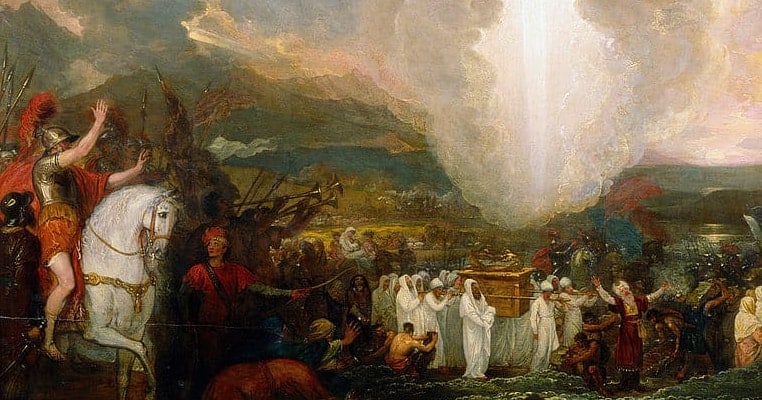Whilst today we take for granted the idea that all we produce will be stored indefinitely, whether on the cloud or in some digital format hidden away and archived in perpetuity, this comforting (and also somewhat oppressive) truth of being cannot be said for previous generations. As difficult as it might be for a modern audience to understand, the simple act of writing a book, let alone building a structure, in antiquity carried no surety said work would even reach a tenth birthday let alone two thousand.

Consequently, whilst some treasures from our species’ past have endured to be enjoyed by the modern day, many known works of art and wonder have unfortunately been lost to the mists of time and can only be imagined in their former glory. Here are 20 incredible works of art that did not deserve to be lost to history:

